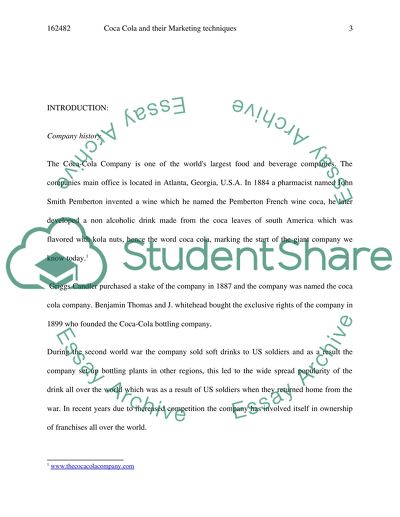Cite this document
(Coca Cola and Their Marketing Techniques Case Study, n.d.)
Coca Cola and Their Marketing Techniques Case Study. Retrieved from https://studentshare.org/marketing/1499738-coca-cola-and-their-marketing-techniques
Coca Cola and Their Marketing Techniques Case Study. Retrieved from https://studentshare.org/marketing/1499738-coca-cola-and-their-marketing-techniques
(Coca Cola and Their Marketing Techniques Case Study)
Coca Cola and Their Marketing Techniques Case Study. https://studentshare.org/marketing/1499738-coca-cola-and-their-marketing-techniques.
Coca Cola and Their Marketing Techniques Case Study. https://studentshare.org/marketing/1499738-coca-cola-and-their-marketing-techniques.
“Coca Cola and Their Marketing Techniques Case Study”, n.d. https://studentshare.org/marketing/1499738-coca-cola-and-their-marketing-techniques.


